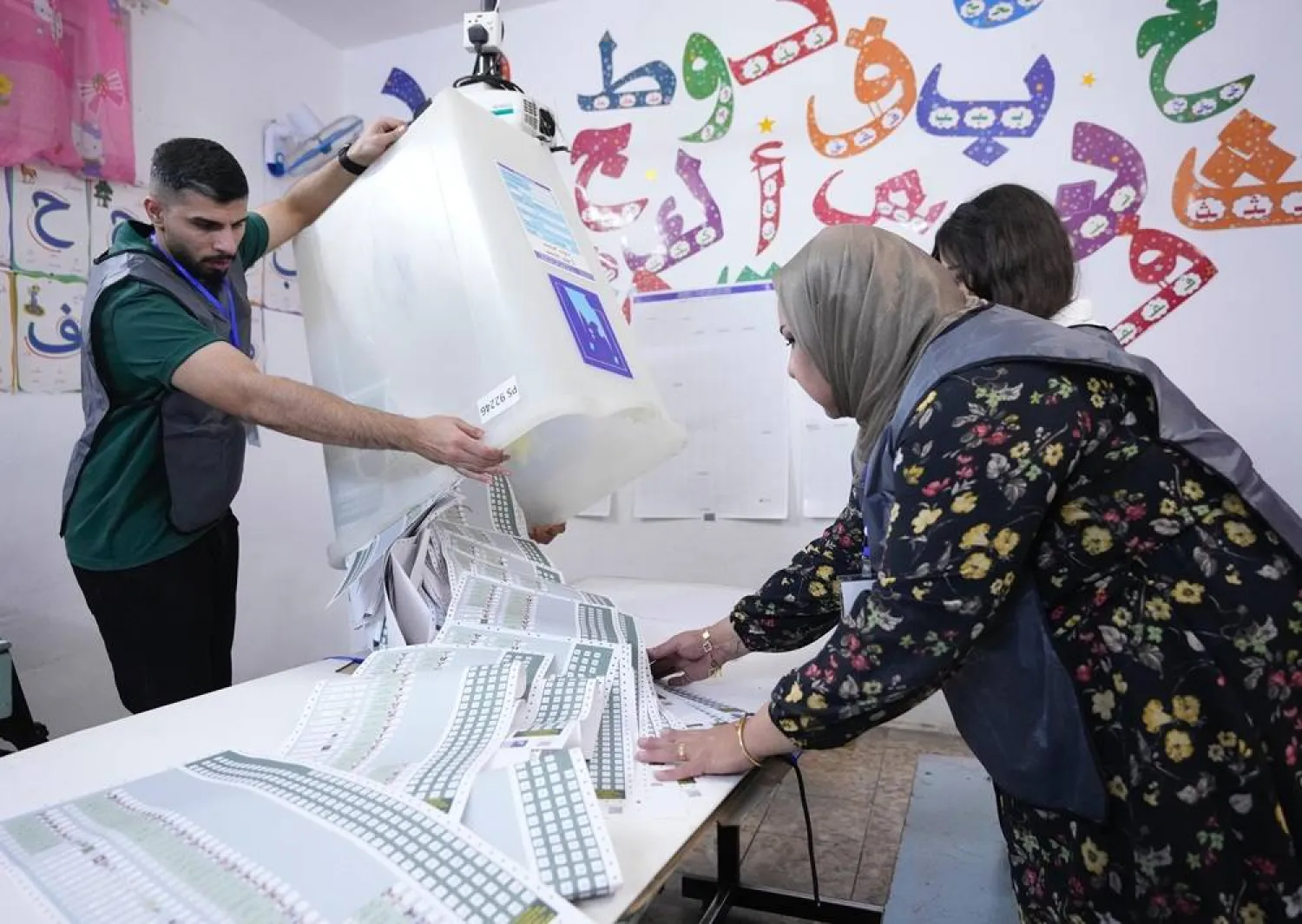Syria is currently divided into three “zones of influence” and “four governments”. Five armies and thousands of soldiers are deployed on its territories and hundreds of military bases have been set up there. One zone is home to the capital and main cities and another is home of natural wealth and resources.
Syria’s reconstruction requires 400 billion dollars, half of its people are displaced and seven million have sought refuge abroad. Some 14 million Syrians are in need of humanitarian aid and nine out of 10 live in poverty.
Is there one solution or are there several that can end this misery? The state of Syria has become a number of statelets and the “one people” have after ten years of war become divided into “peoples”. Can the solution be found in Syria or abroad?
Political solution: This option was tried many times since the 2012 Geneva declaration. It was tried after the issuing of United Nations Security Council resolution 2254 that paved the way for political transition, which would take place over an 18-month period. It called for “governance”, constitutional reform and elections held under UN supervision. Obviously, it failed. Other attempts were made at Geneva, then at Astana and Sochi with efforts focused on the Constitutional Committee. All these efforts have led to an impasse and no progress.
Statements on preserving Syria’s sovereignty and its borders were drafted in the absence of Syrians and by the “players” and violators of this sovereignty. Talk then started to shift from the transitional authority to the political transition, governance, political process and constitutional reform, leading to the Constitutional Committee. The “players” continue to insist that the solution in Syria was not military. There is a growing conviction that even if the Syrians do agree on a political solution, it really won’t impact the conflict.
Peace with Israel: This option was presented behind closed doors. It calls for the normalization of ties between Syria and Israel, similar to the agreements that had been reached with other Arab countries. Turns out there are hurdles to overcome before this can be possible. First of all, it is out of the question for Israel to withdraw fully from the Golan Heights. It is concerned with “peace in exchange for peace”. Damascus, meanwhile, is demanding that it restore its full sovereignty over the Golan. Discussions have been held about transforming the Golan into an investment and tourism destination that would pave the way for the reconstruction of the whole of Syria.
The conditions for such a deal between Syria and Israel are not yet available. The impression, however, is that roads that are being shut to Damascus and later opened are being paved through Tel Aviv. As the waters are being tested, Russia is carrying out “confidence-building” measures between Syria and Israel through reactivating the disengagement agreement in the Golan, reviving prisoner swaps and repatriating the remains of Israelis from Syria. The greatest obstacle, however, is Israel’s demand that Iran pull out militarily from Syria.
Iran’s withdrawal: This appears to be the demand of many actors involved in Syria. This is Israel’s primary demand. Tel Aviv has carried out hundreds of raids on Syria aimed at preventing Iran’s entrenchment there. Washington and European countries are also demanding Tehran’s withdrawal, which is key to ending Syria’s isolation and contributing in its reconstruction and lifting of sanctions. Arab countries are also demanding that Damascus “reassess” its relations with Tehran and instead return to the Arab fold. Relations with Iran should be normal and balanced, they believe.
Damascus itself realizes that fulfilling these demands will lead to the “political normalization” of the situation in Syria. It will help ease or lift some sanctions, kick off reconstruction and revive diplomatic channels. It is also, however, aware of the cost of meeting such a demand. Some sides are therefore, suggesting that an understanding be reached between Damascus and Tehran over Iran’s role in Syria’s future. This understanding would be part of any potential agreement between the United States and Iran over its role in the region within a nuclear deal. The understanding would see Iran abandon its military agenda in Syria and end its destabilizing role in the region in exchange for playing a political-economic role.
Idlib and east of the Euphrates: Damascus appears persuaded that it will not recapture the Idlib province and the regions east of the Euphrates River any time soon. It no longer has a say over this, rather Moscow does. In turn, Russia’s role in those regions hinges on its relations with the US and Turkey. Any Russian move in the region could lead to a clash with either Turkey or the US.
Some Syrians have suggested a shift in alliances, such as cooperating with Ankara in Idlib to fight Qamishli or negotiating with the Kurds to force Turkey out of the North. Some have suggested military and intelligence cooperation with the Kurds to end the deployment of Turkish forces. Some Arab countries have favored this option and have offered financial assistance in reconstruction.
The threat of sanctions in line with the Caesar Act, which deters investment in Syria and deepen its isolation from the global financial system, has been cited as an obstacle to achieving these suggestions.
The presence of so many options on the table demonstrates that one solution is no longer enough for Syria. No single option is available that can change the course of the conflict. But the solutions can be narrowed down to two paths: An international-regional one that can be achieved through an international conference with the participation of key players. They will agree on the main points of the solution. The second path is inter-Syrian and would seek to provide legitimacy to the desired solution.
The problem is that clock in Syria is ticking over the suffering of its people and deterioration of its economy. It is also tied to the US and Russia, who are setting the tempo of “strategic patience” that is tied to other files.









